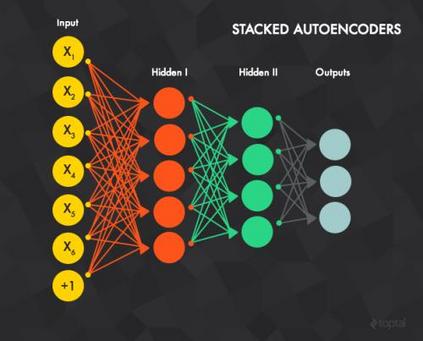Quantum machine learning models based on parametrized quantum circuits, also called quantum neural networks (QNNs), are considered to be among the most promising candidates for applications on near-term quantum devices. Here we explore the expressivity and inductive bias of QNNs by exploiting an exact mapping from QNNs with inputs $x$ to classical perceptrons acting on $x \otimes x$ (generalised to complex inputs). The simplicity of the perceptron architecture allows us to provide clear examples of the shortcomings of current QNN models, and the many barriers they face to becoming useful general-purpose learning algorithms. For example, a QNN with amplitude encoding cannot express the Boolean parity function for $n\geq 3$, which is but one of an exponential number of data structures that such a QNN is unable to express. Mapping a QNN to a classical perceptron simplifies training, allowing us to systematically study the inductive biases of other, more expressive embeddings on Boolean data. Several popular embeddings primarily produce an inductive bias towards functions with low class balance, reducing their generalisation performance compared to deep neural network architectures which exhibit much richer inductive biases. We explore two alternate strategies that move beyond standard QNNs. In the first, we use a QNN to help generate a classical DNN-inspired kernel. In the second we draw an analogy to the hierarchical structure of deep neural networks and construct a layered non-linear QNN that is provably fully expressive on Boolean data, while also exhibiting a richer inductive bias than simple QNNs. Finally, we discuss characteristics of the QNN literature that may obscure how hard it is to achieve quantum advantage over deep learning algorithms on classical data.
翻译:暂无翻译




